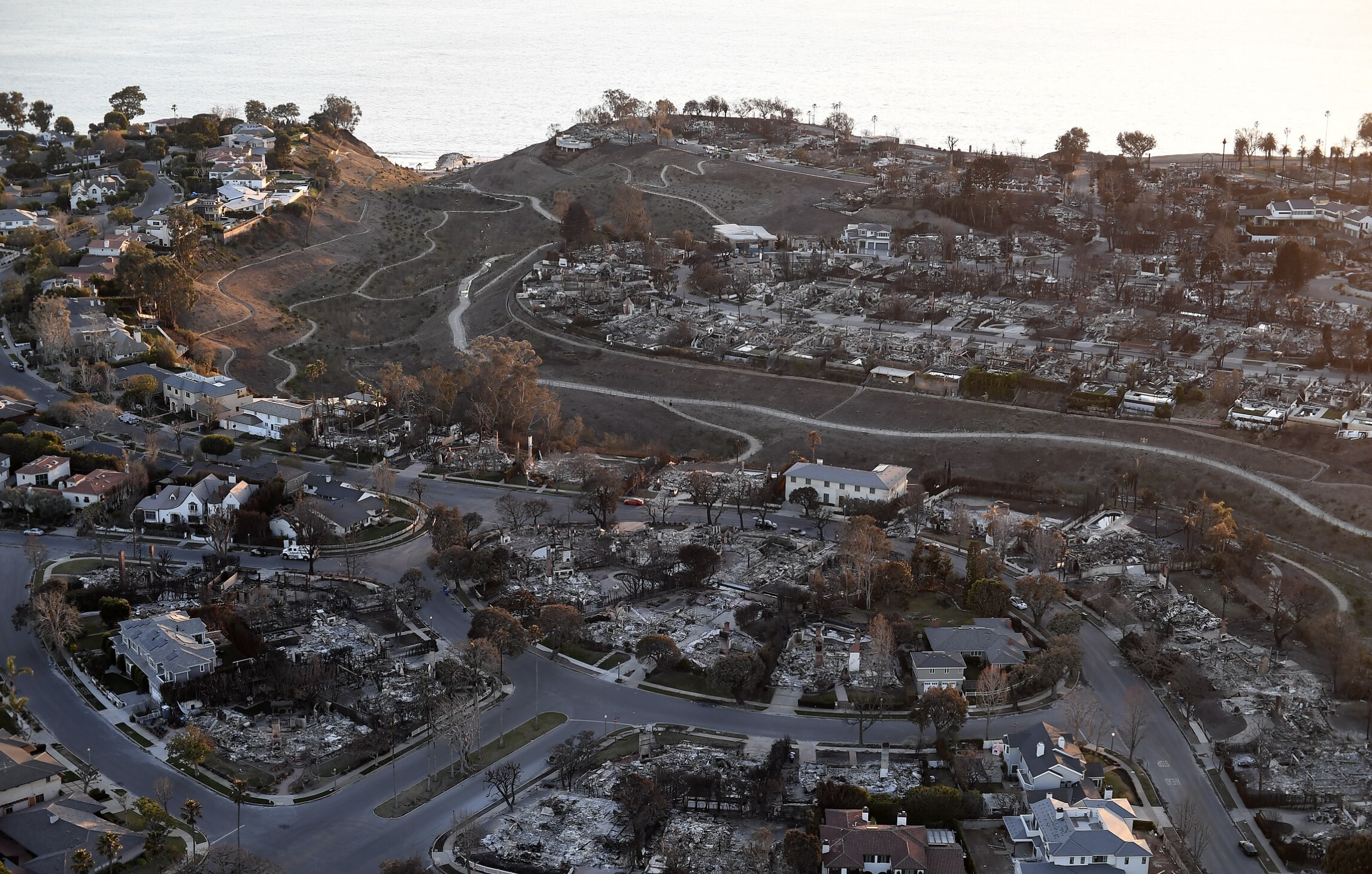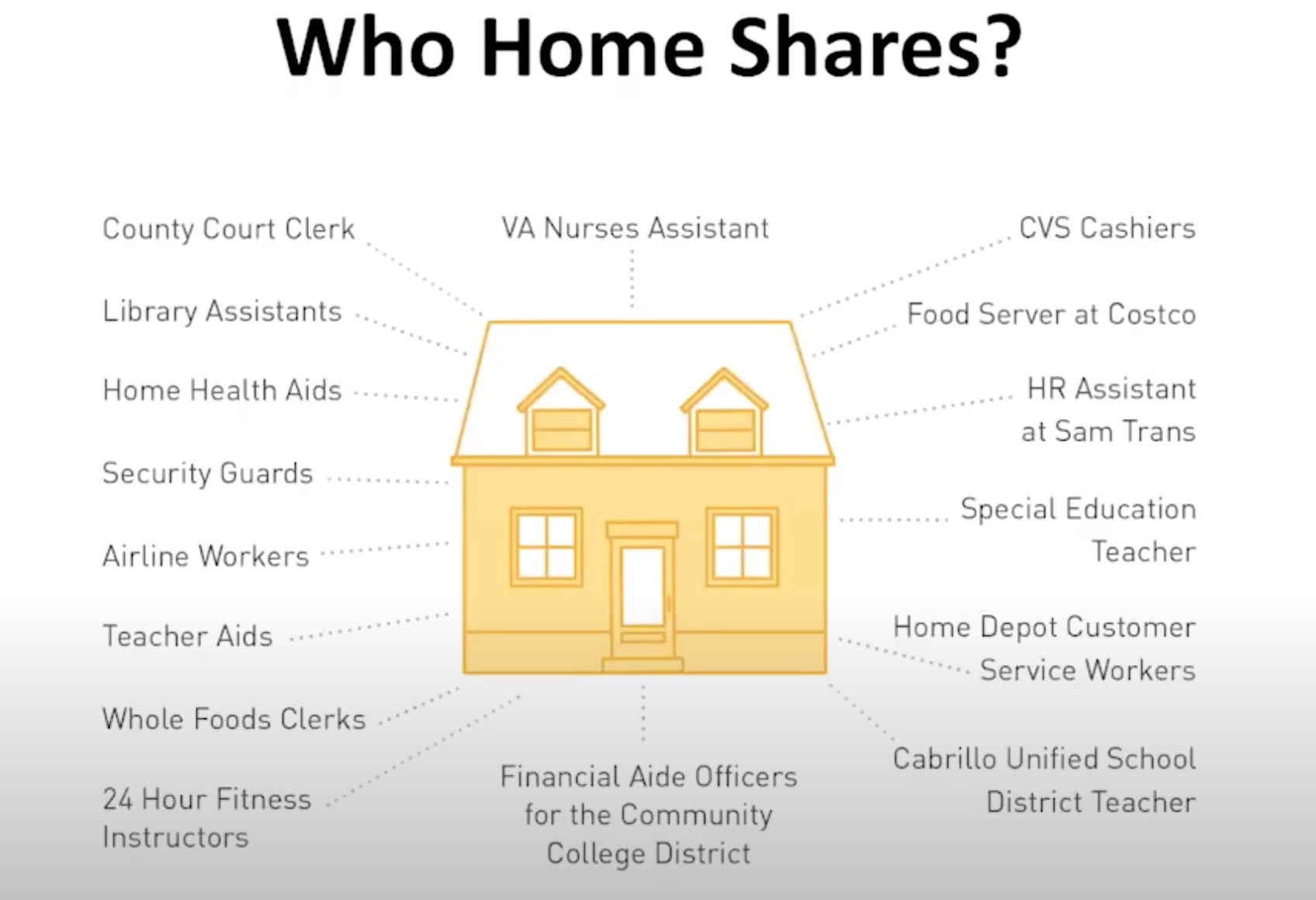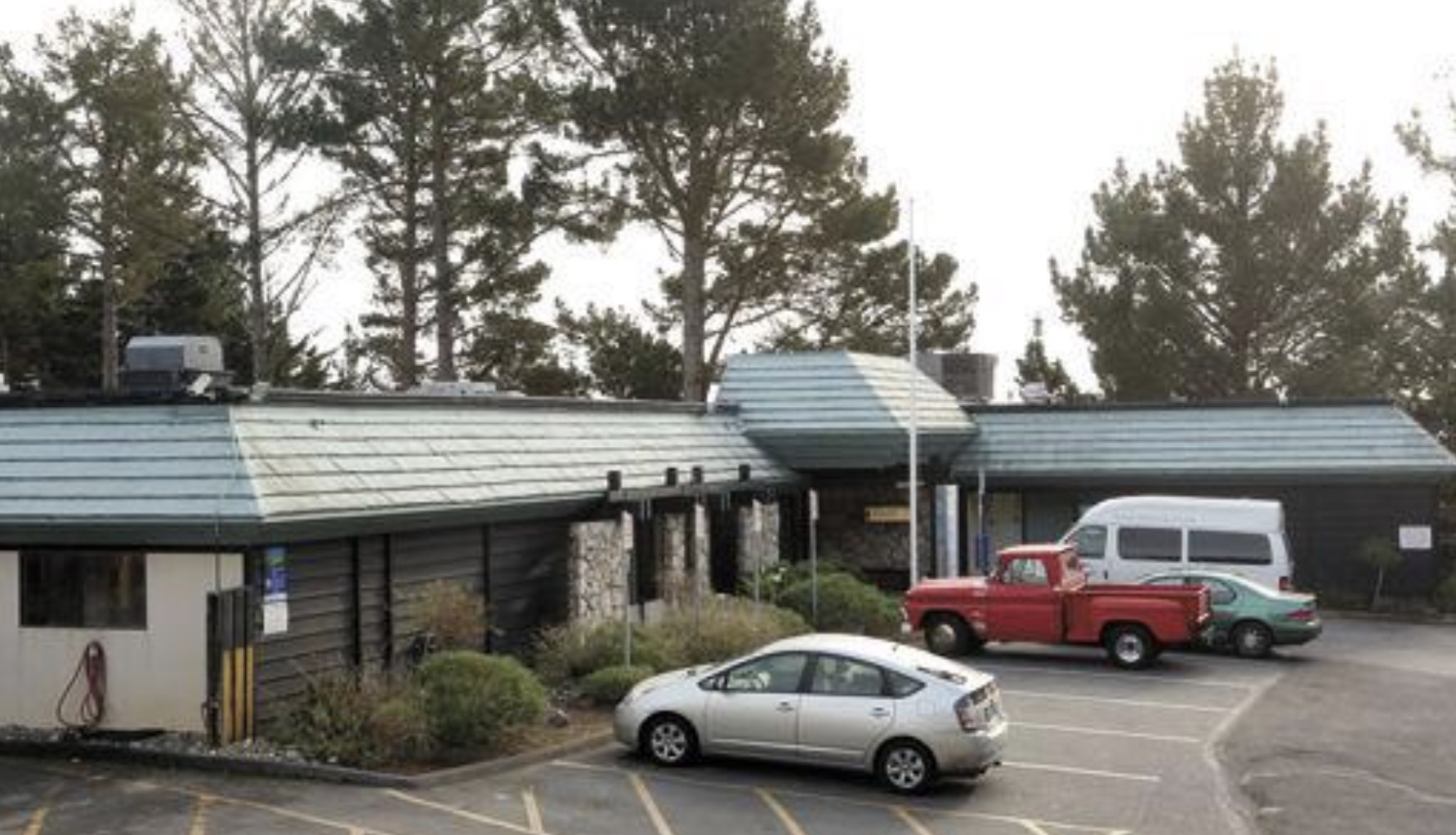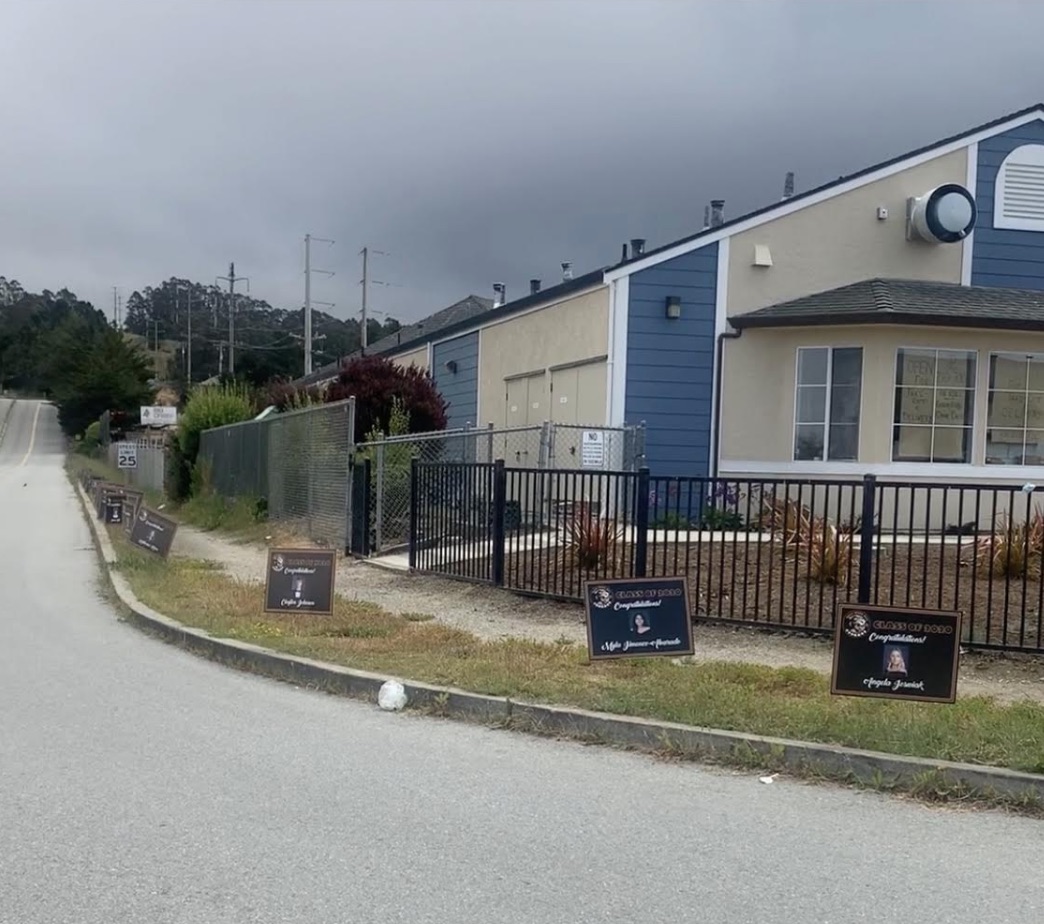|
Getting your Trinity Audio player ready...
|
VIDEO. From the California Coastal Commission meeting on Wednesday, February 5th, 2025 held at the Long Beach Civic Center City Council Chambers, 411 W. Ocean Blvd., Long Beach, as a hybrid meeting.
Starts at 1:44:18
Wednesday Agenda Item: Executive Director, Dr. Kate Huckelbridge’s, Report
The Palisades Fire started on January 7th and is 98% contained as of January 31st. The damage caused by the multiple fires in the Los Angeles area during the month of January is unprecedented and the Palisades Fire alone burned 23,448 acres of land and destroyed 6,837 structures (4,537 of those structures located within the Coastal Zone) with another 1,017 structures damaged (810 of those structures located within the Coastal Zone) as of January 31st. The fire impacted multiple jurisdictions, including the Palisades community in the City of Los Angeles, the City of Malibu, and the unincorporated area of the Santa Monica Mountains in Los Angeles County, as shown on the map below.

As part of federal assistance pursuant to the January 8, 2025, Federal Disaster Declaration, the U.S. EPA will assess, remove, and safely dispose of hazardous materials from all burned areas. On January 16, U.S. EPA’s first teams began assessing burned properties in the Palisades Fire burn areas and will soon begin collecting hazardous materials from burned properties. U.S. EPA teams will be working with teams from the State of California Department of Toxic Substances Control, Army Corps of Engineers, and in coordination with local government agencies as part of a unified response. Pursuant to the Governor’s Executive Orders, Coastal permitting requirements have been suspended for fire-impacted areas in Los Angeles to facilitate rapid recovery. Coastal Commission staff is working with the Governor’s office and our local government partners to ensure a unified effort toward rebuilding the community and helping residents return to their homes.
To help communicate this message, Deputy Director Steve Hudson and I attended two community meetings in Los Angeles on January 18 to listen and answer questions about the LA fires. The meetings were organized by Senate Pro Tem Mike McGuire and Senator Ben Allen who represents Malibu and the Pacific Palisades. The goal was to bring together local, state, federal first responders, elected officials, responsible agencies, and community leaders to enhance coordination during what was still a rapidly evolving situation, facilitate assistance through shared resources, and provide accurate and timely information. We appreciate the leadership of both Pro Tem McGuire and Senator Allen for organizing this gathering and for reaching out to Commission staff to participate. It was particularly valuable to meet directly with City and County officials to personally reiterate our agency’s unconditional support as they navigate this tragic and devastating disaster.
In addition, on January 25, Deputy Director Steve Hudson attended the City of Malibu’s Townhall Meeting to listen and answer questions about the LA fires. The meeting was organized by Mayor Doug Stewart, the City Council, Acting City Manager, Joseph Toney, and City staff. The meeting was well attended by several hundred Malibu residents. The goal was to bring together local, state and federal first responders, elected officials, and responsible agencies to answer questions by members of the public to provide accurate and timely information relating to fire recovery and rebuilding efforts
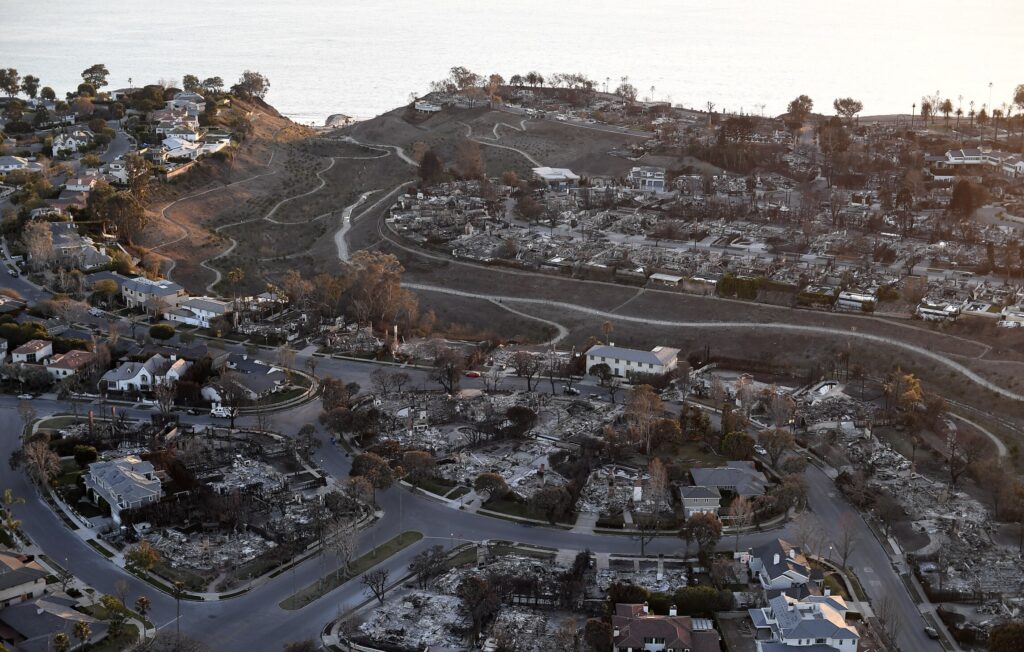
More on the California Coastal Commission on Coastside Buzz
The California Coastal Commission has 12 voting members and 3 non-voting members. Six of the voting members are “public members,” and six are local elected officials who come from specific coastal districts. All voting members are appointed either by the Governor, Senate Rules Committee, or the Speaker of the Assembly; each appoints four commissioners, two public members and two elected officials.
Each Commissioner may appoint an alternate to serve in his or her absence. The Secretaries of the Natural Resources Agency and the State Transportation Agency and the Chair of the State Lands Commission serve as non-voting members and may appoint a designee to serve in their place.


